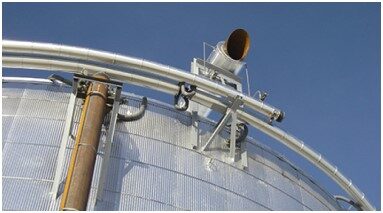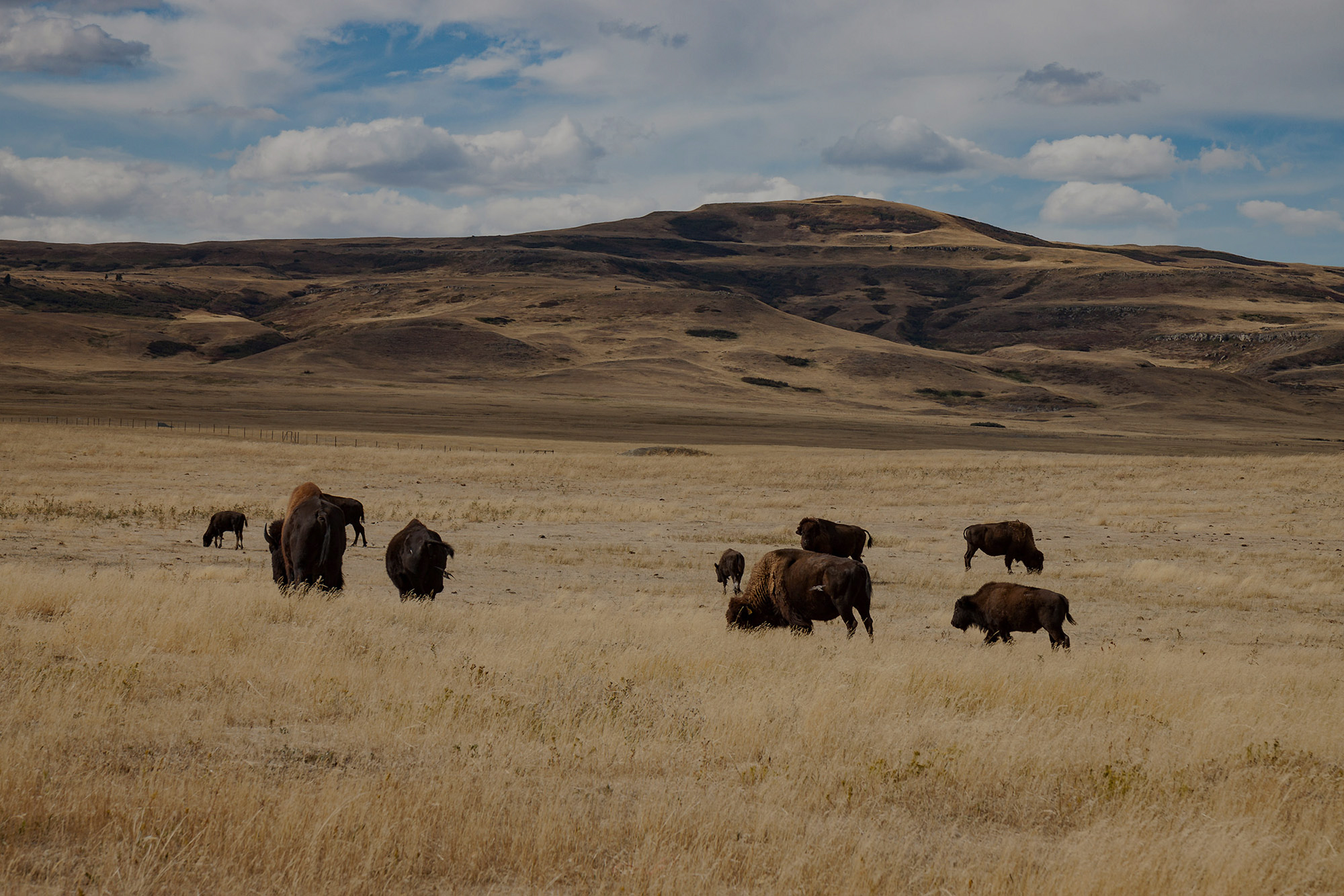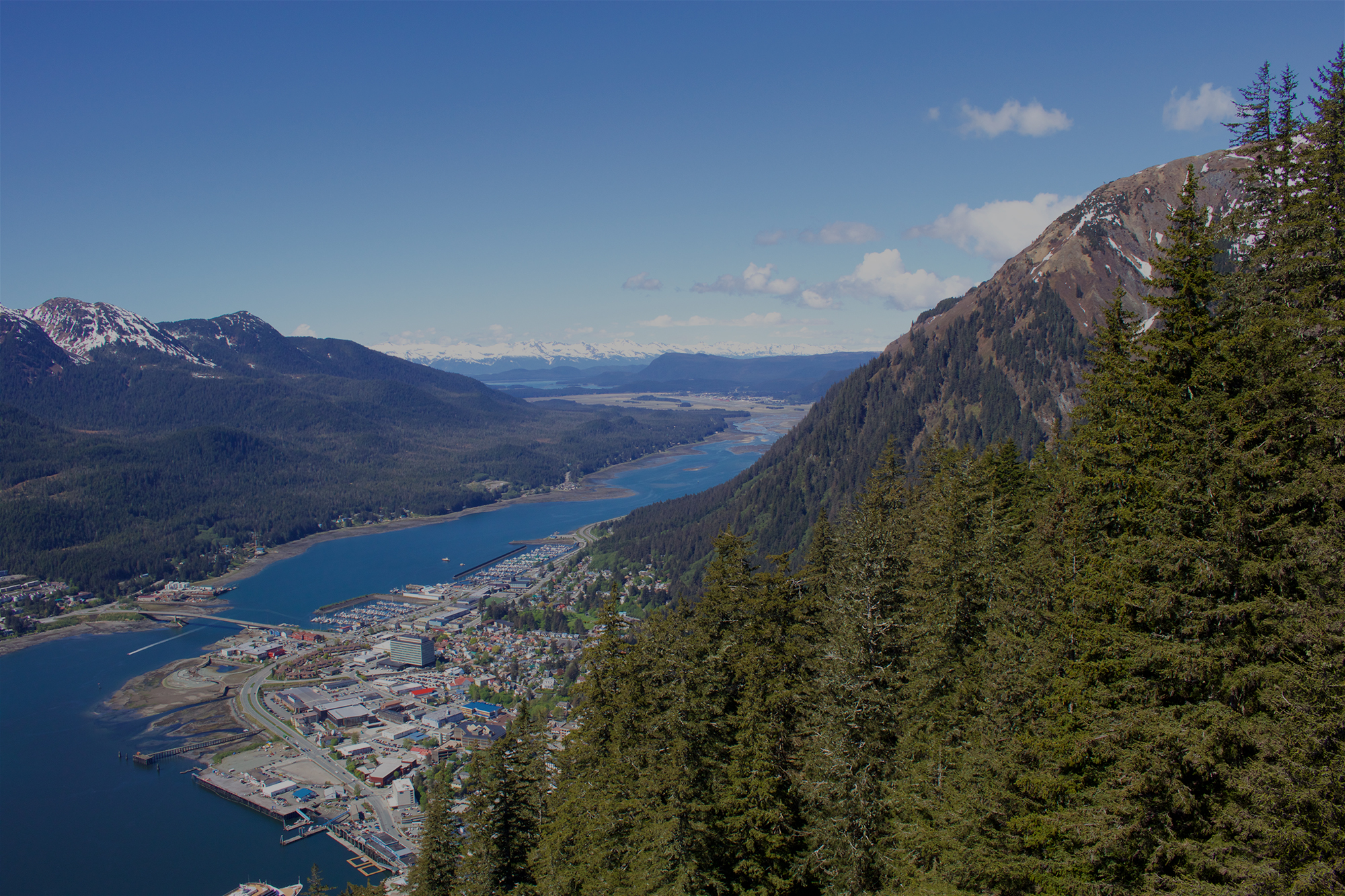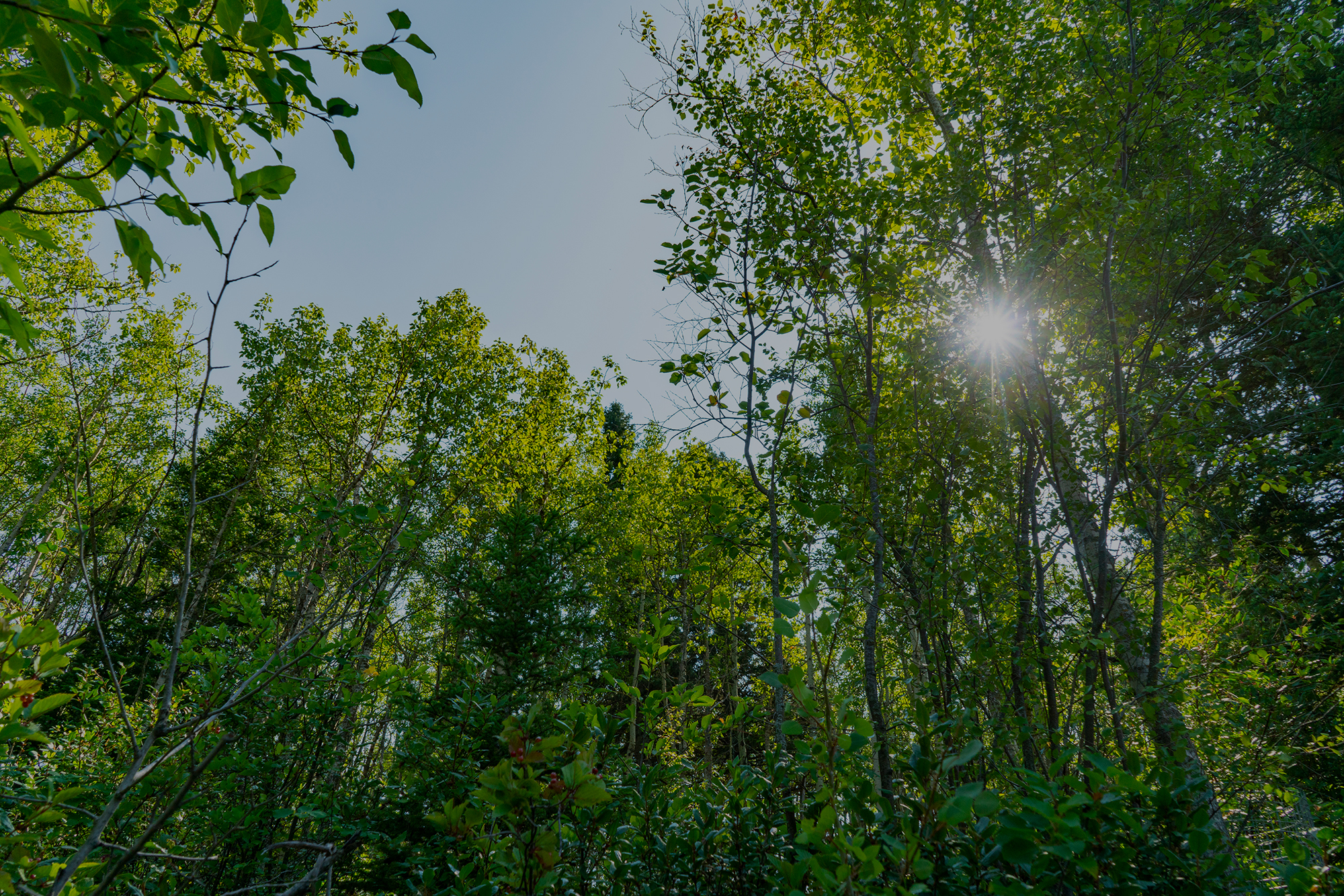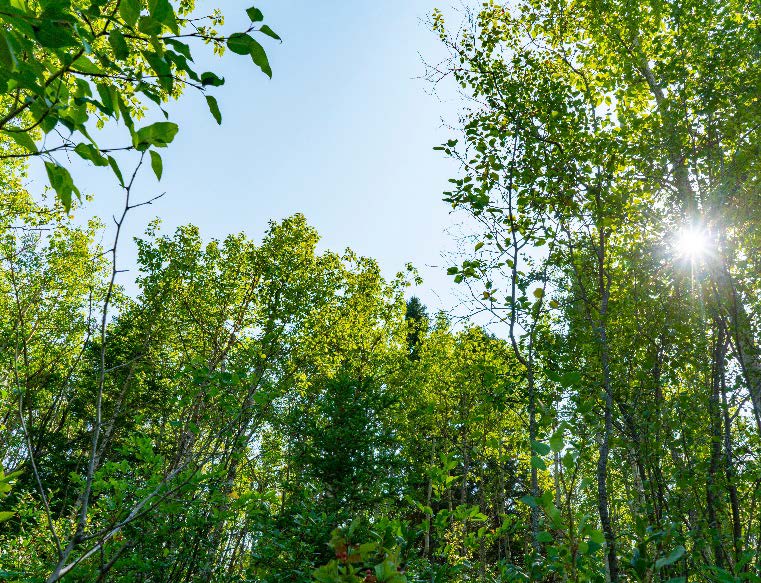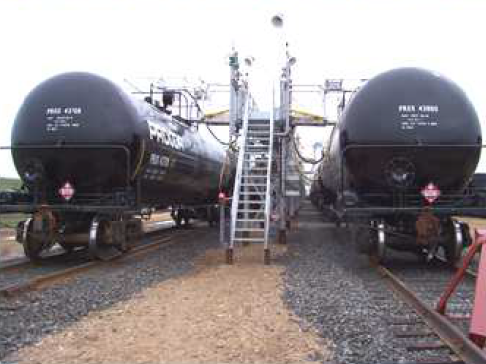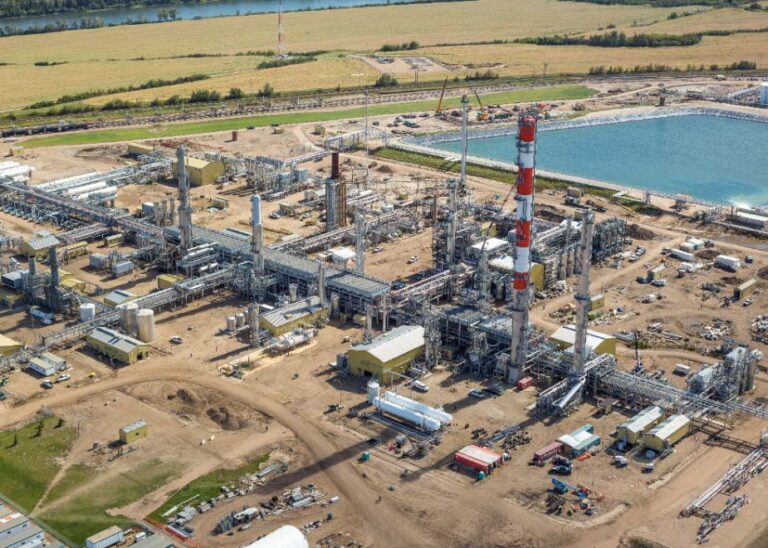Water Tanks – A Viable Alternative to Brine Storage


Investigation into the viability of an alternative brine storage solution using water storage tanks
Traditional ponds versus multiple water storage tanks •Comparative study to determine an average development cost per barrel of stored brine
Basis of study: •3 pond configuration with a total useable volume of 4.4MMbbl •11 tank configuration with a total capacity of 4.4MMBBL •No defined location – geotechnical is conservative •The brine system is designed for two caverns rejecting simultaneously, for a total rate of 1,200 m3/hr, Oil /Brine Separators still be required ahead of the tank or pond storage. 24” brine distribution header from tanks to caverns.

Three ponds with a combined useable capacity of 4.4MMBBL: •Single pond useable capacity of ~1.5MMBBL •Pond footprint is ~2.0MMft2
Other costs considered: •Excavation •Liner •Gravel •Drainage •Soil disposal •Brine Pump(s) •Wet well and building •Pipe U/G •Fence

11 Tanks – total useable capacity of 4.4MMBBL •270ft diameter x 40ft high •402,875BBL per tank usable capacity •Open top (Open to the environment, just like a pond) •Double wall (See next slide for liner and leak detection details): •Primary liner (Precidium ECS primary liner) •API 650 storage tank acting as secondary containment Tank farm footprint is ~1.2MMft2 Other costs considered: •Brine pump(s) and building •Common supply/discharge header: •Manual isolation at each tank •Multiconductor cable to each tank



Land Usage and Preparation Based on the current designs of 270 feet in diameter and 40 feet in height, the footprint of this solution becomes significantly less than brine ponds, potentially >30% reduction in footprint; this does not include the requirement of the spoil pile that comes with the development of a pond. •Being above grade, potential sub-grade issues such as high-water table, underground services in the area etc. are eliminated.
Environmental By moving the brine above grade and utilizing a true directive 55 compliant storage system, operation risk is greatly reduced, with the water above grade, it allows for regular maintenance and inspection of the water management system. With a proper inspection and testing program, the system will provide greatly reduce risk in loss of brine containment.
Safety Unlike a grade level storage system such as a pond, the tanks at 40 feet in height virtually eliminates any ingress from wildlife, livestock and humans, and with new technology, bird deterrent systems can also easily be implemented.
Repair and Maintenance It is widely understood that maintenance and repair of ponds is a dangerous, difficult and extremely expensive, it is virtually impossible to properly inspect the pond liner and inevitably it is a detected leak that alerts the client to an issue. An Aboveground Storage Tank (AST) solution provides safe access to the tank primary liner via the manway. Cleaning and inspections are conducted quickly and inexpensively. The secondary containment (API-650 AST) inspections are done in operation and externally from the AST.

Operability By virtue of having multiple ASTs and the ability to add nozzle connections, the brine management system can be customized to include increased instrumentation, water sampling, water quality and control. With the multiple ASTs maintenance and inspection programs are developed to limit any interruption to operations and ensure 100% brine availability.
Reclamation Risk to subsurface contamination that has occurred of the years of Pond service due liner leaking will have long lasting negative environmental impacts and will increase the costs associated with the reclamation. Reclamation of the AST water management system it is a quick and inexpensive. The scrap value of the secondary containment potentially offsets the decommissioning costs and can be done in days and includes the added benefit of recycling the tank materials.
Environment and Social Governance (ESG) As ESG becomes a more common commitment by industry, it is important to identify that the above Benefits identifies will increase a corporate ESG rating: •Reduced land disturbance and use •Lower risk to potential failure •Increased access to complete inspections and maintenance to ensure containment integrity and availability to operations •The capability to recycle the entire asset should reclamation occur

Reduction in the impact of a liner failure •Impact reduced to a single tank •Loss of production uptime is eliminated (what is the production $ loss on a single pond liner failure/repair) •Easier to repair •Elimination of floating liner problems – operability and availability Flexible geometry of the tank farm layout •Fits to odd shaped spaces •A tank farm can span utilities and pipeline ROWs •Potential to decentralize brine storage •Opportunity to hub tanks/pumps where best suited or space constrained Shallower wet well – opportunity to eliminate costs Removal of issues from sealing the boot around the wet well inlet pipe Simplified pump type – inline pumps vs. vertical can pumps, lower maintenance cost Ability to grow capacity gradually and draw out capital outlay over a longer duration Flexibility in construction schedule, seasonal impacts reduced in comparison to a pond


Cost of land •A water tank farm will utilize upwards of 30% less land •Flexible tank layout allows the owner to utilize stranded land Environment Reclamation Costs at end of life – returning the site to “As Found” •Tank reclamation cost are negligible due to recovery on salvaged steel Haulage and storage costs of soils and clay during pond construction •Cost to haul cut soils •Greater amount of soil disposal if contaminated •Loss of space required to store soils for reclamation at end of Pond life Comparison of liner repair cost and loss of uptime or brine availability •A multiple tank design can guarantee 100% brine availability for cavern utilization

Rangeland’s primary focus was to design an interconnected series of salt caverns that allowed for handling of multiple products in plant feed service as well as finished product storage.
The program required a series of associated projects such as system manifolds, product drying and brine system upgrades. Rangeland’s scope of services included conceptual planning and detailed engineering. Planning work included cavern development, geophysical assessment, cavern hydraulic performance modelling and system infrastructure.
Detailed engineering included surface facilities, production conversion, system de-bottlenecking and integration into existing salt cavern storage and processing facilities. A key challenge for Rangeland was to incorporate project changes required for the production-phase conversion as the needs, systems and scope sometimes shifted over the course of the two years in which the caverns were in wash phase.
As a result, Rangeland formed a cavern group dedicated to the design and procurement of caverns, brine ponds and related processing facilities.
The total program included: •Eight new caverns encompassing 30 associated and supporting projects •Hydraulic design and string-and-casing sizing for single, dual and triple cavern configurations •Product injection pump systems (ethane, ethylene, propane, butane and NGL mix) •Product treating facility including CaCl dryers, mole sieves, and brine separation •Cavern wash infrastructure including river-water intake, wash-pump systems, disposal wells and temporary wash-phase facilities and systems •Product, brine, flare and utility distribution systems, including strategically located, expandable, manifold setups •Design engineering for custody metering, flow control, and safety shutdown system
Rangeland Responsibilities: •Pre-FEED study •Capital and operating cost estimates •Front-end loading (FEL 3) project planning •Detail engineering and design •Procurement, materials management and expediting •Onsite fabrications and construction support

The two salt caverns are designed to hold 500,000 barrels of ethane each for a total storage capacity of 1,000,000 barrels.
The plan includes three brine disposal wells and two storage caverns with long term capability to create additional caverns. As a green field cavern project, engineering for both the ‘wash phase’ (cavern development) and the “production phase” (ethane storage and dehydration) are progressed simultaneously to ensure seamless integration.
The facility design includes: •Two hydrocarbon storage caverns with 500,000-barrel capacity •Three brine disposal wells for safe discard of saturated brine during wash phase •Three wash water pumps (800 HP each) and three brine disposal pumps (700 HP each) •Two ethane injection pumps (1,250 HP each) and two brine transfer pumps (75 HP each) •Dehydration/regeneration system including mole sieve dryers, heater, cooler, filter, separator, and coalescer •Utilities/infrastructure including brine ponds, settling tanks, motor control centers, control room/office, nitrogen purge, instrumentation and controls, electricity, instrument/utility air, lighting, uninterrupted power supply, process buildings, maintenance shop, roads, drilling pads, fuel gas, and flare system
Rangeland Responsibilities: •FEED study and Detailed Engineering design •Procurement services •Design registration (TSASK) •Construction contract technical preparation and support of construction contract tender process •Construction and commissioning support

The Strachan gas plant is one of Keyera’s key facilities, providing sourgas processing services to customers, including sulphur recovery, sulphur forming, sulphur truck/rail terminal, and a large sulphur block with storage capacity of approximately 500,000 tonnes.
Rangeland’s primary focus was to design and engineer a sulphur tank and piping system to replace Keyera’s aging existing equipment. The primary project drivers for the client were to minimize shutdown time at the operational plant and to maximize the life of the new equipment. Rangeland worked closely with the tank builder and pipe system vendors in advance to allow for a modular design.
Collaborating with the construction team significantly reduced time on site and resulted in minimal disruptions to Keyera’s operations. Rangeland has extensive experience in the application of ControTrace® piping and tank heating systems, and recommended the technology for the Strachan facility. A key engineering challenge for Rangeland was to integrate the new sulphur storage system while the plant was operational
The total program included: •ControTrace® piping and tank heating solutions •Tank base design including Colentanche® liner •Magnetic drive pumps for sulphur product •Piperack and utility upgrades
Rangeland Responsibilities: •Front End Engineering Design (FEED) •Capital and operating cost estimate •Detailed Engineering •Procurement, materials management and expediting •Vendor selection for alternative technologies •Construction support


